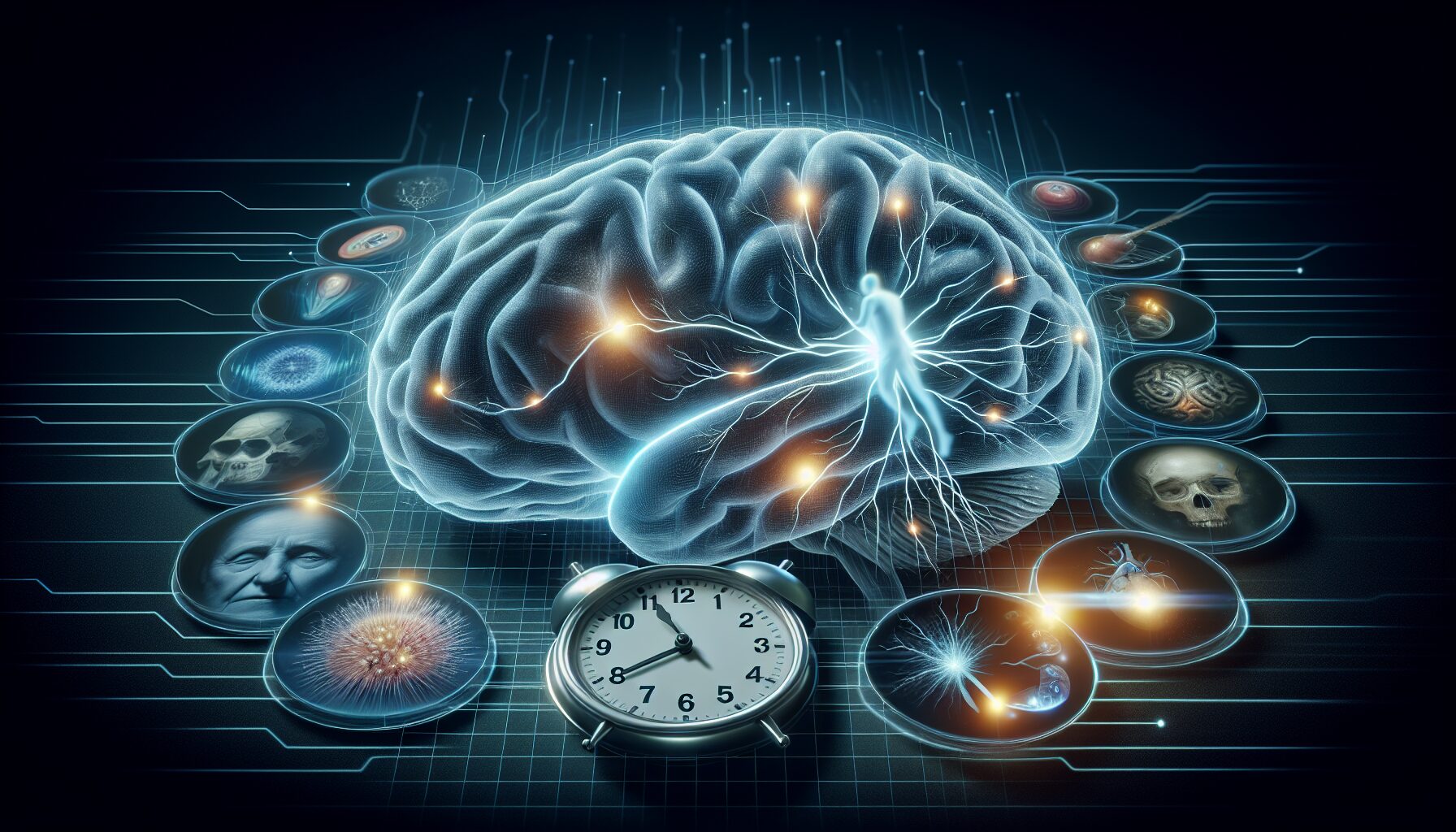Time Dilation and Death: Relativity at the Edge of Life
In the realm of astrophysics and human experience, there is a curious intersection where time itself becomes as mutable as our understanding of life and death. This article explores the fascinating concept of time dilation, its roots in Einstein’s theory of relativity, and how it metaphorically—and sometimes literally—relates to the edges of human existence.
The Roots of Time Dilation
Time dilation, a cornerstone of Albert Einstein’s Theory of Relativity, is the idea that time passes at different rates for observers who are in different states of motion, or differing gravitational fields. This groundbreaking concept was introduced with the publication of Einstein’s Special Theory of Relativity in 1905, and subsequently, the General Theory of Relativity in 1915.
“The faster you move through space, the slower you move through time,” explains astrophysicist Neil deGrasse Tyson. “That is time dilation in a nutshell.”
- Velocity Time Dilation: As an object approaches the speed of light, time relative to a stationary observer slows down.
- Gravitational Time Dilation: In stronger gravitational fields, time moves more slowly when compared to a position with a weaker gravitational field.
These effects have been confirmed through rigorous experiments and observations, including measurements involving GPS satellites that adjust for time dilation effects relative to Earth-bound clocks.
Time Dilation at the End of Life
While time dilation is often discussed in the context of cosmic phenomena or futuristic travel, it can also serve as a metaphorical lens through which to view the human experience—particularly at the end of life.
In literature and philosophy, the moments before death are often described as times when the fabric of reality distorts. Life seems to expand into an eternity in a matter of moments. A phenomenon potentially explained by psychological time dilation, where significant emotional experiences slow our perception of time.
“Time felt as though it had stopped, stretching infinitely as I stared into the face of eternity,” wrote novelist Michel Faber on a near-death experience.
Psychological Time Dilation
Psychological time dilation occurs when our internal clocks alter, typically during high-stress or enriching experiences. Researchers at Stanford University have studied this effect, noting that people in danger often report that “everything seemed to slow down”. The last moments—a metaphorical event horizon—can be filled with a richness of recollection and emotional intensity that makes time feel both endless and lightning-quick.
Quantum and Consciousness
Further adding to the enigma is the growing body of work linking quantum physics to human consciousness. Could the brain’s neural processes be subject to both psychological and quantum forms of time dilation during significant life events?
Stanford physicist Roger Penrose and anesthesiologist Stuart Hameroff have pioneering theories correlating consciousness with quantum states in the brain, suggesting our perception of time could literally alter during profound moments.
“The brain’s microtubules might serve as the seat for quantum computations influencing conscious awareness and perhaps perceived time,” suggests Hameroff in a 2021 interview.
Time Dilation in a Medical Context
Practically, understanding time dilation in a medical context can greatly aid in end-of-life care. Hospice and palliative care professionals often emphasize the holistic experience of time during the final stages of life. Recognizing a patient’s internal experience of time can lead to more empathetic and effective care approaches.
- Extended Time Perception: Patients exhibit differently paced perceptions of time during imminent threats to existence, as documented in various case studies.
- Cultural Perspectives: Various cultures have depicted death with time-stretching events, valuing the last moments as rich and significant.
“Understanding and respecting the altered perception of time can truly change the way we provide care to those nearing the end,” notes Dr. Laura Saunders, a leading expert in geriatric care.
Conclusion: Death on the Edge of Time
Time dilation, whether experienced in outer space or the more intimate space of a hospital room, invites profound reflections on the nature of reality and our place within it. As we gain deeper insights into both the physical and psychological components of time, we may find ourselves better equipped to face the ultimate unknown with a sense of awe and greater understanding.
The mysteries of time dilation remind us that time, much like life, is subjective and richly complex. Observing it through both scientific inquiry and human experience offers a unique tapestry of insights, granting us the humility to approach life’s final frontier with wonder.

